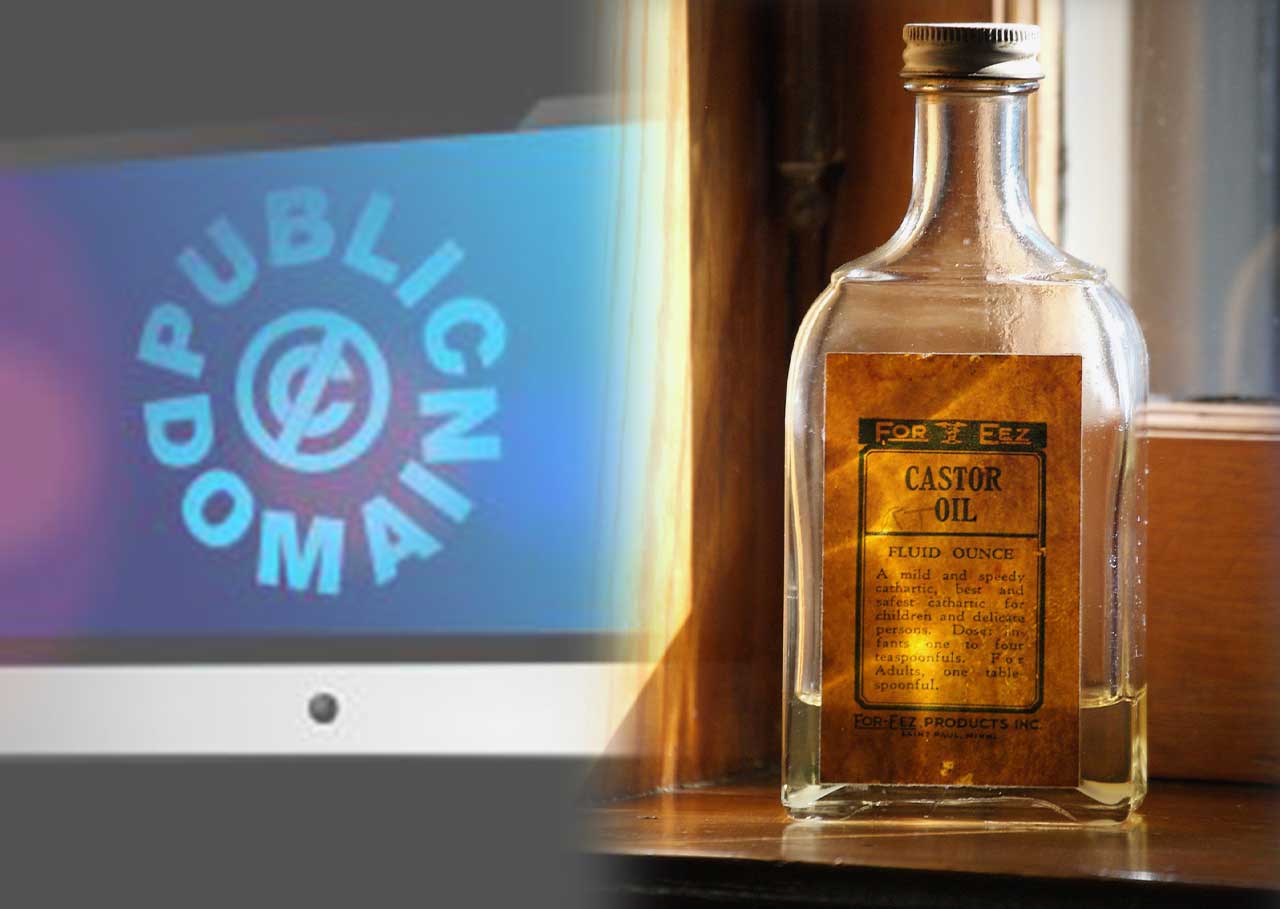Beyond movies and perhaps MAD magazine references I have no direct experience with being forced castor oil as a cold remedy. But there is an old advertisement in an image that is in the public domain.
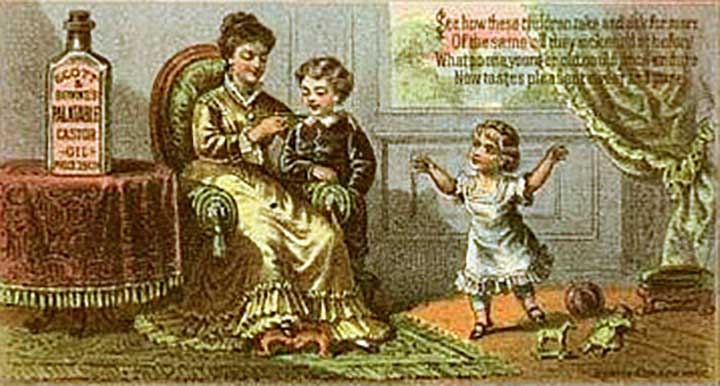
Every indication is that the stuff does not taste well. Bring it on.
I’ve been conducting a long running experiment with my 66,000+ photos uploaded to flickr since 2004, I’ve made an effort to make them all available under Creative Commons CC0. Why would I do this?
In way too many instances I see public domain described to educators as “you can use it for free and you do not even have to provide attribution.”
While technically correct from a licensed fine print term, this is a bare minimum. If someone has provided you their work for under the public domain, a basic act of human appreciation would be to acknowledge the source of an image. Didn’t your mom teach you to say thank you?
But moreso, when you, as an educator publish works where media is not attributed (because you do not have to), what are you communicating as a practice to others?
So my experiment is seeing how often people go beyond the minimum and attribute my public domain photos, or more often than you might think, leave comments to offer thanks or let me know. And these are usually not publishers of products, more often it is an individual blogger, filmmaker, or most often, independent musicians who bother to say thanks.
About a year ago, I wrote up more or less this same argument in a post where I shared how I was using a service called pixsy, a service that finds copies of your images used in other web sites (sort of an automated reverse image search service).
Most would use this to pursue uses of images that violate a person’s copyright. My approach is different, I just am curious to see where my images are used– I like to update a flickr set that includes how many I have tracked, and I just hit the 200 mark.
Here’s a little flavor of what pixsy provides, a scroll through GIF of the most recent 100 matches.
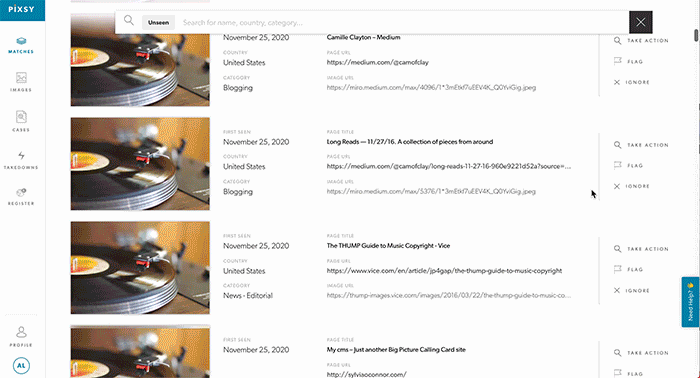
It’s a little bit astounding how many reuses pixsy finds. Since I am using the tiny free slice I get as a flickr pro user, it only tracks 1000 of my photos or 1.5%.
Look at their numbers:
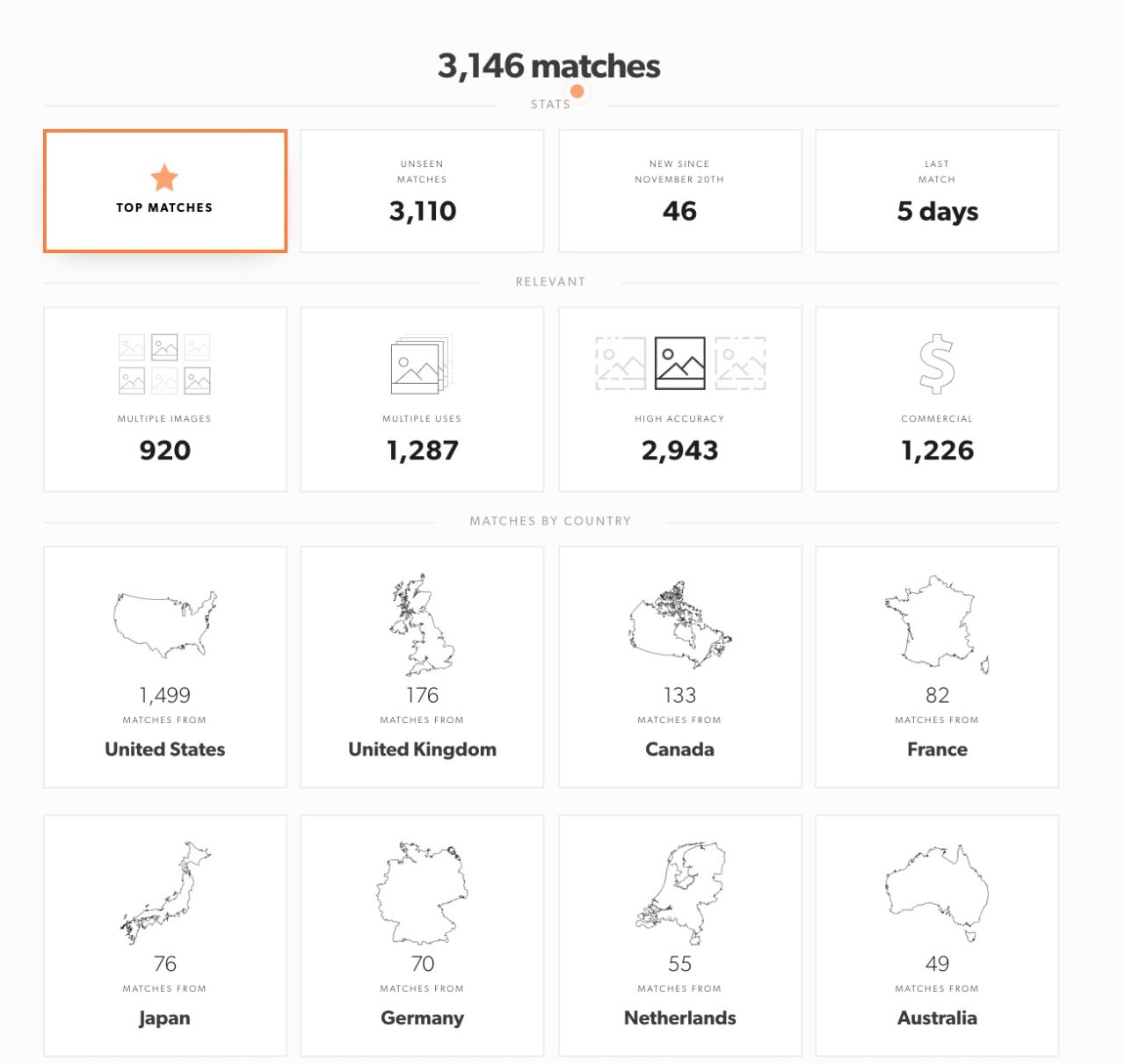
So if pixsy found 3146 reuses of 1000 of my flickr photos, some math and dimensional analysis suggests … my 66,000 flickr photos might be used over 200,000 times.
Okay, I pat myself on the back.
Now, for the castor oil.
Among the results I saw a photo I took once while driving in Vermont, with someone’s stamp on top of it:
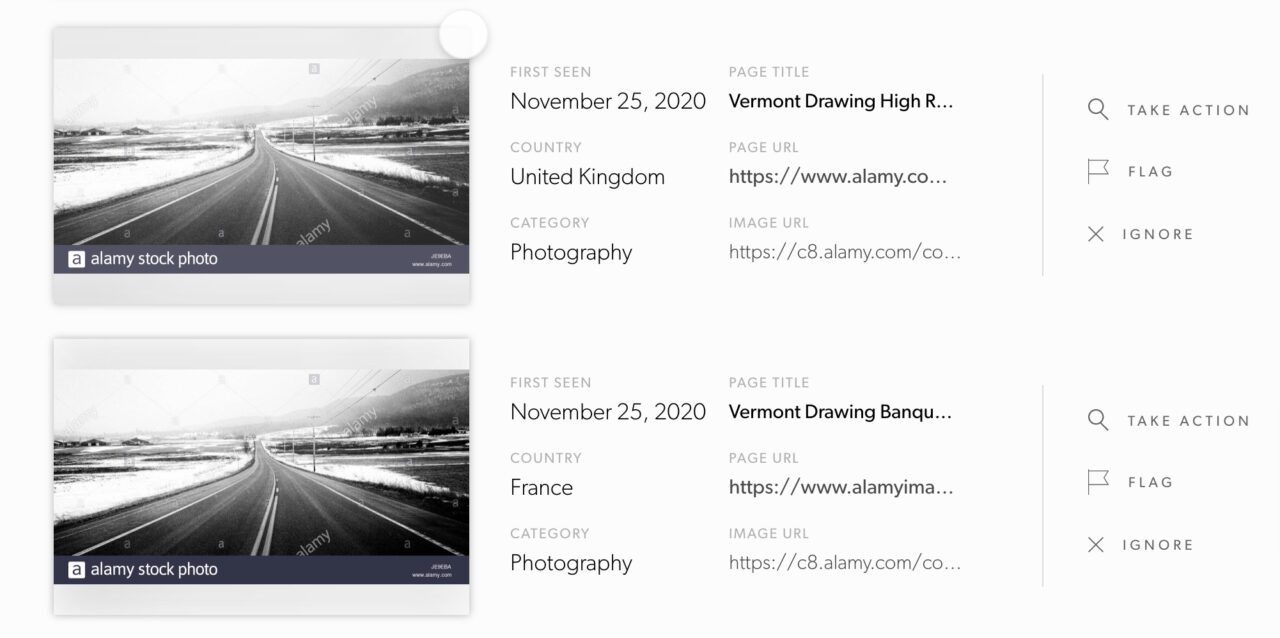
I’ve seen alamy stock photos come up in my google image searches (when I forget to look for open licensed ones). The images in google always have a watermark… because, you actually have to pay to use said photos.
So you can go to alamy and buy this photo for persol use for CA$20. Alamy gets CA$50 for use on a web site. A magazine or book use will set up back CA$60. The note at the bottom reads:
This image is a public domain image, which means either that copyright has expired in the image or the copyright holder has waived their copyright. Alamy charges you a fee for access to the high resolution copy of the image.
And the contributor meta data? It reads “NMUIM / Alamy Stock Photo
I should be irate! How dare they make money from my photo?
Take a deep swig of oil.
Ah but they can. I chose to put this into the public domain. That means anyone can do anything with it. But consider this– how much am I losing? I would not be out there selling my photos. I cannot say I am losing money I would never pursue. If I wanted to be doing this, I’d be like other photographers that release their photos only to stock firm.
Am I really losing out on the 20 bucks that might be coming in from a photo? Not if I never made this my goal.
Take another swig of the castor oil.
I do not take or share photos to make money from them. And if alamy does this, well that’s on them to tell their kids that they built a business out of taking images freely available online and selling them to other people.
It’s more a problem that people would shell out money for an image from here

that they can get easily and for free from here:
This same “contributor” to alamy has uploaded at least 19 of my photos (ones I can quickly recognize).
Everyone take another swig of castor oil.
And my legal line of reasoning they have done nothing wrong.
There is no license problem. And licenses do not really protect your digital assets. This is more of a human way of being problem. If all this effort boils down to license quibbling and making a few bucks from a photo, what is the value here? Is that a legacy worth leaving?
So yes, maybe I could be making mint off of maybe 200,000 reuses of my photos. But that’s not what I want to be doing. Instead, I find more valuable, the chance encounters with people who bother to say thank you when they find my photos in flickr.
Like this photo:
This was a memory from 2012 when I was at UMW and Tim Owens made a 3D printed butterfly in honor of my Mom. A comment from “Tiffany” came in a few months ago:
I hope this ‘comment’ finds you well!
I just happened upon your recording of your mother describing butterflies. I’m not even sure how I got here, but I think I know why. Last Saturday, I was taking a walk with my 3yo niece, smelling and looking at all of the flowers along our path. Three separate time, a butterfly flew close to her ear, and she giggled. I asked her why she laughed, and she said, “That’s how Grandma tells me funny secrets. She loves me.” Her grandmother died four months before she was born and I believe your Mom. Butterflies are loved ones from our past, checking in and reminding us that we are loved.
Which is more valuable? Some dividend fraction of a $20 sale on Alamy or a comment like this one? Who wants to put a dollar value on knowing what this image meant to Tiffany and her daughter?
I don’t need castor oil anymore. I leave it for license quibblers and digital asset profiteers.
Featured image: A composite of a Needpix public domain image (author not specified) and It looks so harmless flickr photo by pmarkham shared under a Creative Commons (BY-SA) license (see what I did here?)


